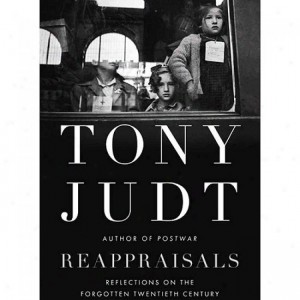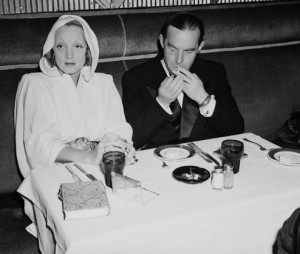Does HG do anything but eat, drink, think about food, write about food, reminisce about food and plan future travel/dining adventures? Yes. HG swims an hour a day. HG strolls in the meadows surrounding his New Mexico home; HG builds a nightly blaze in the fireplace, visits BSK in her art/pottery studio, listens to chamber music (namely Mozart, Bach and Beethoven). And, HG reads. Obligatory periodicals: New Yorker, New York, Economist, New York Review of Books, Vanity Fair, World of Interiors, Saveur, Bon Appetit, Santa Fe New Mexican, New York Times (online). And, non-fiction books. For some obscure reason, HG shuns fiction. Two recently read books HG recommends: Zealot: The Life and Times of Jesus of Nazareth by Reza Aslan and Reappraisals: Reflections on the Forgotten Twentieth Century by Tony Judt. A critic summed up “Zealot” accurately: “Aslan rips Jesus out of all the contexts we thought he belonged in and holds him forth as someone entirely new. This is Jesus as a passionate Jew, a violent revolutionary, a fanatical ideologue, an odd and scary and extraordinarily interesting man.” Judt’s book Is a searching analysis of many things: Marxism, evil, history, foreign policy, Israel, the role of intellectuals. Judt (he died a few years ago, tragically too early, of Lou Gehrig’s disease) was a historian and thinker of great insight and uncompromising moral rigor. His landmark book, Postwar, an account of Europe’s recovery from the horrors and wreckage of World War Two, is obligatory reading if you wish to understand the troubled world we live in.
Recommended Books
February 10th, 2014 § 0 comments § permalink
The Original Blue Ribbon
January 29th, 2013 § 14 comments § permalink
The Blue Ribbon was a German restaurant located in New York on W. 44th Street between Sixth and Seventh Avenues. (Don’t confuse it with the cluster of wonderful Blue Ribbon restaurants run by the Bromberg brothers). The original Blue Ribbon opened in 1914 (and managed to survive the World War One anti-German hysteria). Delighted robust eaters for many decades until it closed in 1975. Served all the traditional dishes (kassler ripchen, grilled wursts, wiener schnitzel,sauerbraten, sauerkraut, fried potatoes, etc.). A warm room paneled in dark wood. Comfortable seats and pleasant lighting. A perfect venue for lovers of hearty food washed down with the best of German beers. It was a favorite with Germans who had fled Hitler. (Plus some bad Germans — namely a wartime espionage ring which used the restaurant as a rendezvous before being captured by the FBI). HG dined there very often with journalists from the New York Times. The real estate editor, the late Glenn Fowler, was a frequent dining companion. He introduced HG to steak tartare. Glenn would mix it at the table with a host of ingredients — egg yolks, anchovies, chopped onions, capers, English mustard, Worcestershire sauce, salt, ground pepper and a dash of Tabasco. Very memorable. Best ever. The Blue Ribbon was a short walk from the original Madison Square Garden (50th and 8th Avenue) so it was an HG favorite for a snack after basketball, hockey or fights. HG would choose the apple pancake, a giant affair, at least 18 inches in diameter, oozing sauteed apples enriched with cinnamon, ginger and powdered sugar. Dark beers in chilled mugs within reach, HG and buddies argued about the athletic events. A frequent Blue Ribbon customer was Erich Maria Remarque. His novel, All Quiet On The Western Front, was one of the first books burned by the Nazis. He manged to avoid their clutches by escaping to Switzerland (his sister, Elfriede Schutz, wasn’t as fortunate — she was beheaded by the Nazis for “defeatism”). There are many mentions of the Blue Ribbon in Remarque’s novel about New York in the 1940’s, Shadows In Paradise. Remarque didn’t spend all his time writing and eating. He had a long affair with Marlene Dietrich and a shorter affair with Hedy Lamarr before marrying the beautiful actress, Paulette Goddard. Remarque’s name lives on in New York. Goddard gave New York University $20,000,000 to found the Remarque Institute of European Studies. Permit HG a digression. The first director of the Institute was the late Tony Judt. In HG’s opinion, Judt is the greatest historian of post-World War Two Europe. He was an engaged intellectual who wrote many penetrating studies of world affairs. If you want to have some understanding of the difficult world we live in, you must read his books.

